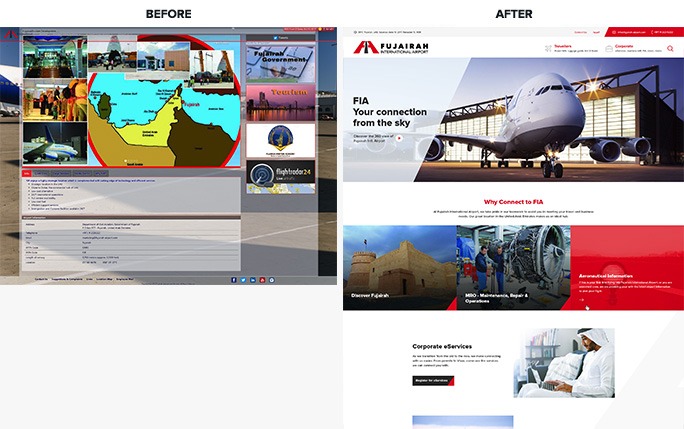Abu Dhabi Vision 2030 is a long-term strategic plan for the development of the Emirate of Abu Dhabi. It was launched in 2007 by His Highness Sheikh Khalifa bin Zayed Al Nahyan, the President of the United Arab Emirates. The vision aims to transform Abu Dhabi into a diversified, knowledge-based economy that is sustainable and globally integrated.
The vision is based on four pillars:
- A diversified and knowledge-based economy
- A sustainable environment
- A high quality of life
- A strong and capable government
The vision has been implemented through a number of initiatives, including the development of new industries, the expansion of education and training, and the improvement of infrastructure.
As a result of these initiatives, Abu Dhabi has made significant progress in achieving its vision. The economy has diversified, with non-oil sectors now accounting for the majority of GDP. The environment has been protected, with Abu Dhabi becoming a leader in renewable energy and waste management. The quality of life has improved, with new schools, hospitals, and other facilities being built. And the government has become more efficient and effective.
Abu Dhabi is well on track to achieve its vision by 2030. The emirate is already a leading global center for business, finance, and culture. With its strong economy, sustainable environment, and high quality of life, Abu Dhabi is a great place to live, work, and raise a family.
Here are some of the key achievements of Abu Dhabi Vision 2030:
- The economy has diversified, with non-oil sectors now accounting for the majority of GDP.
- The environment has been protected, with Abu Dhabi becoming a leader in renewable energy and waste management.
- The quality of life has improved, with new schools, hospitals, and other facilities being built.
- The government has become more efficient and effective.
Abu Dhabi Vision 2030 is a success story. The emirate has made significant progress in achieving its vision, and it is well on track to become a leading global center in the years to come.
Related Tag: Website Design Abu Dhabi









